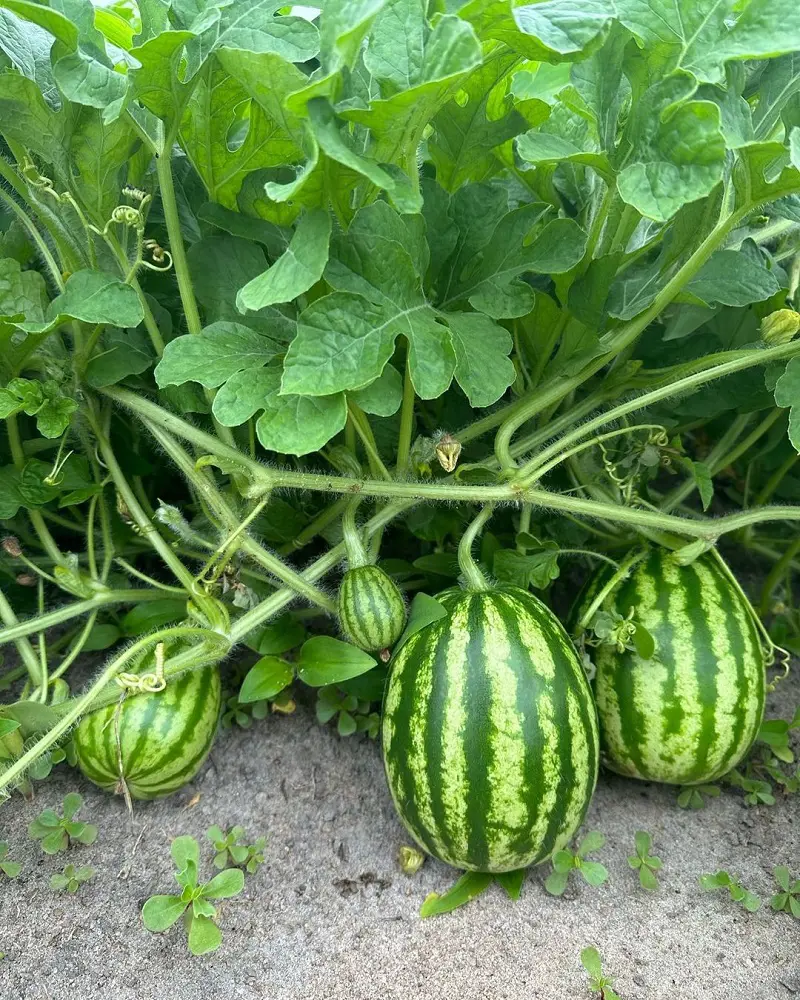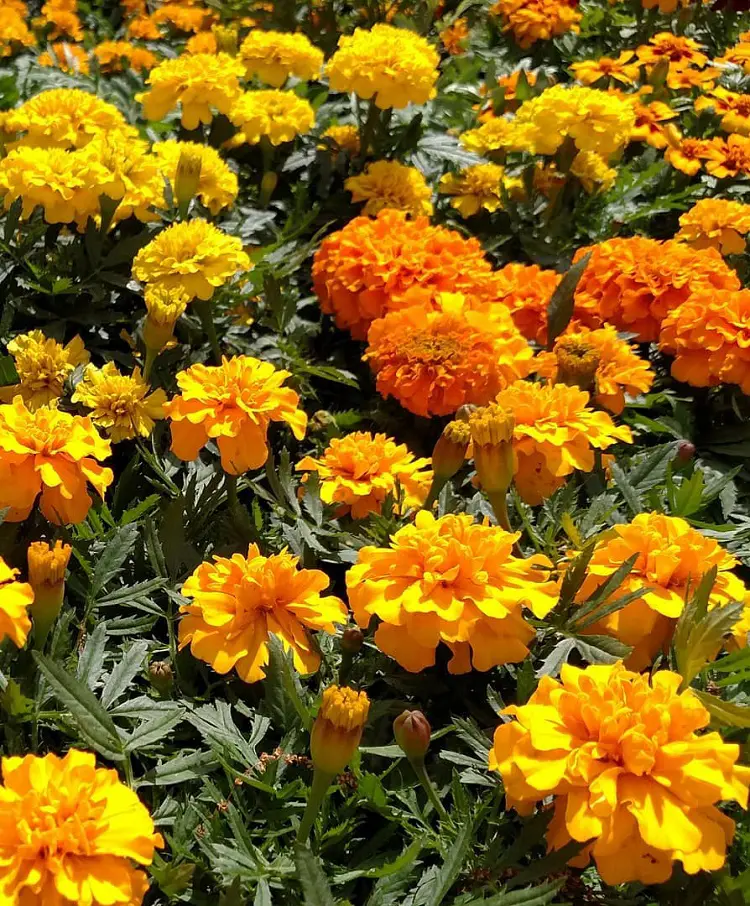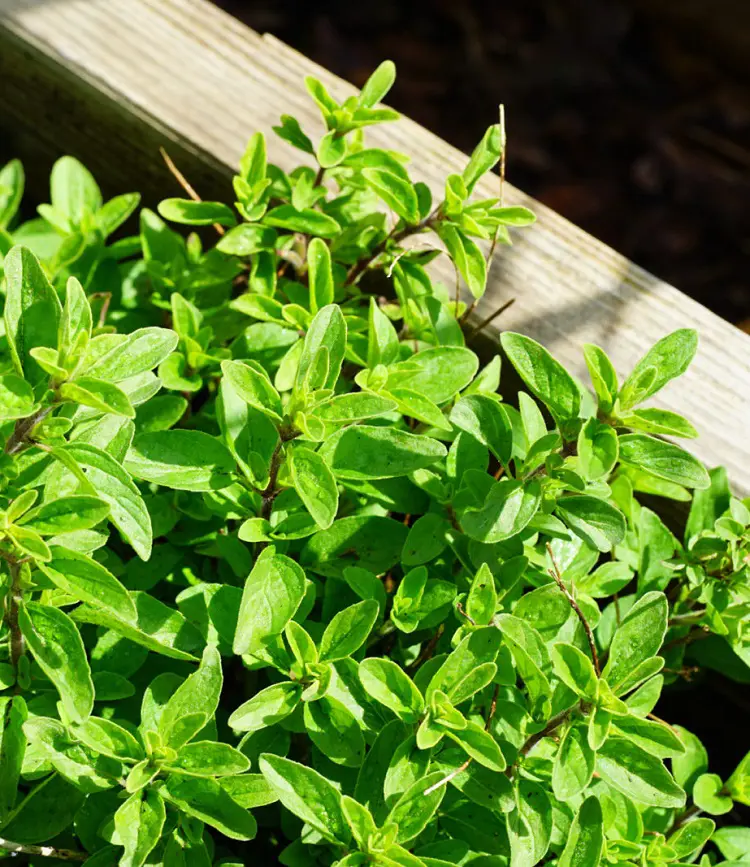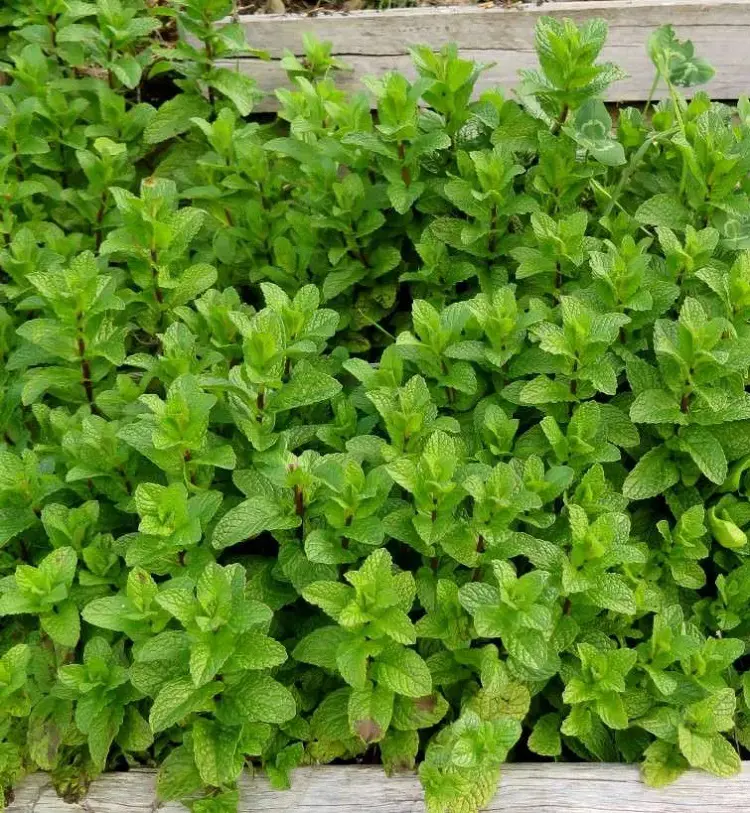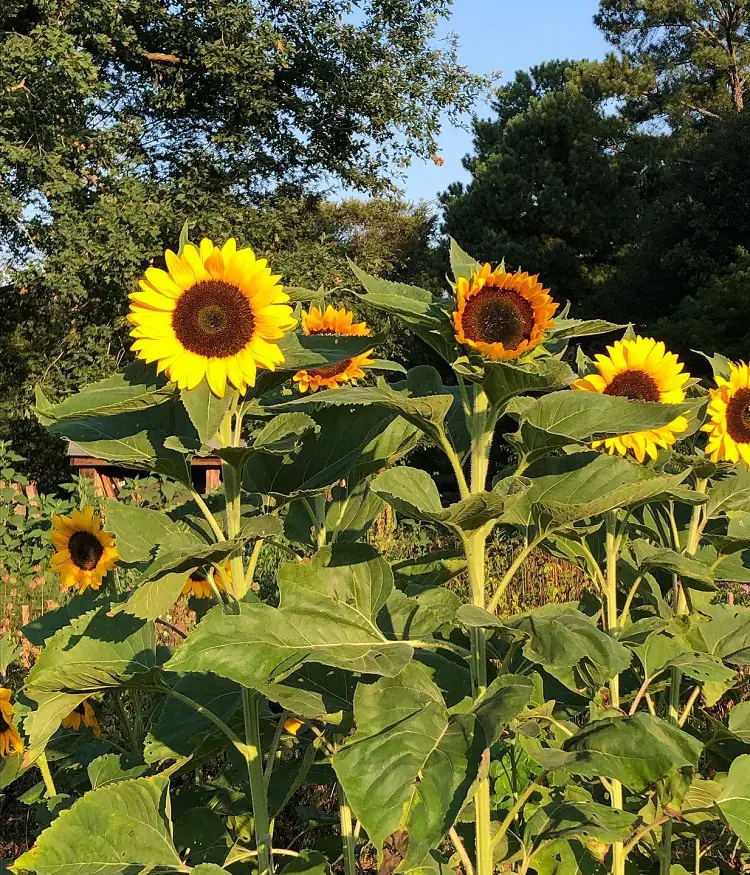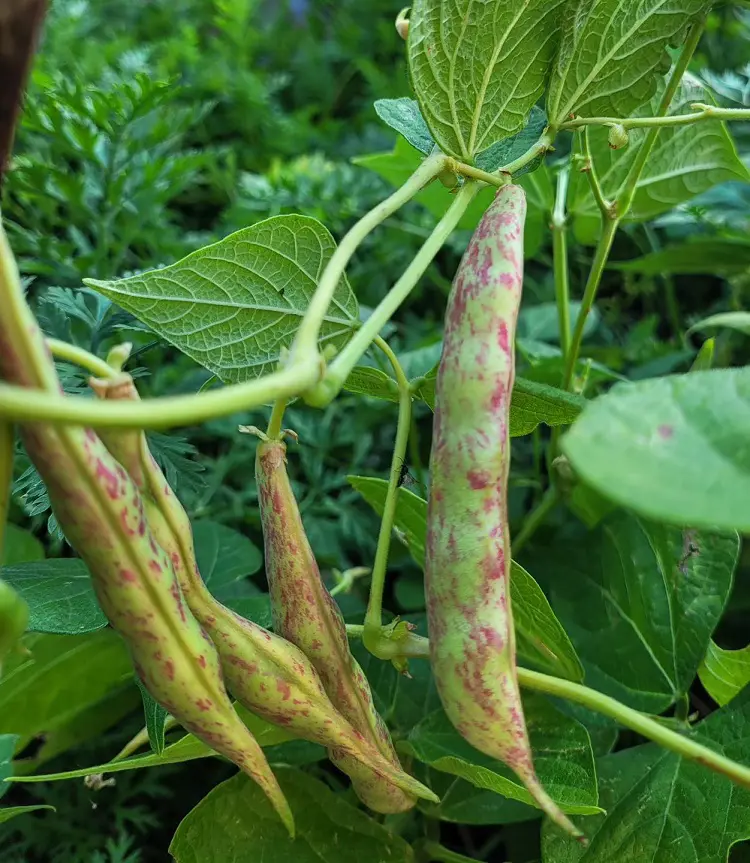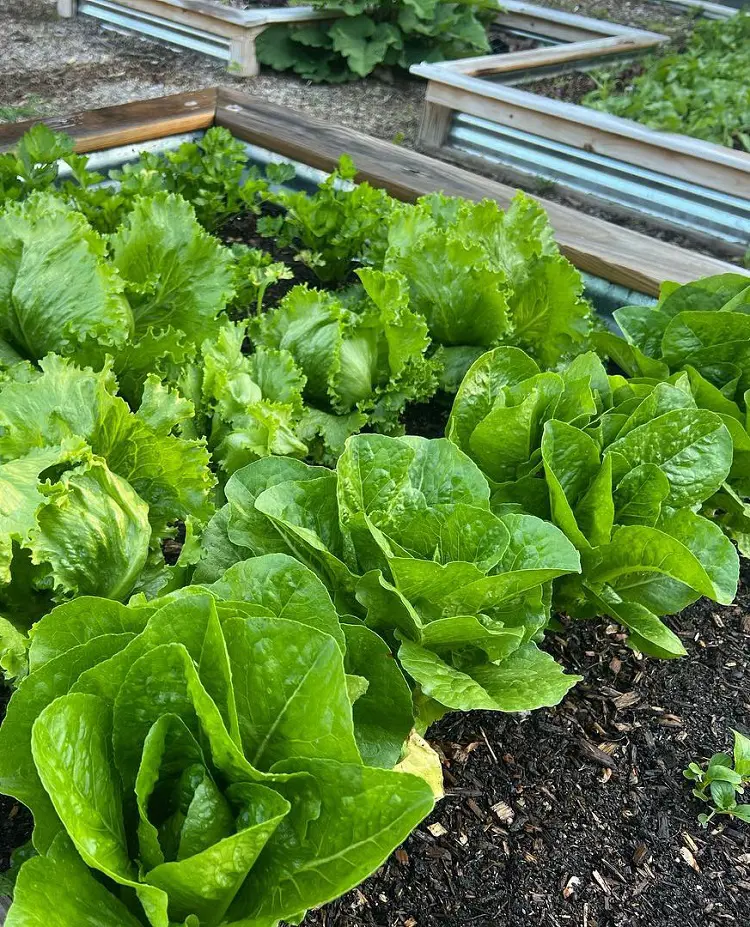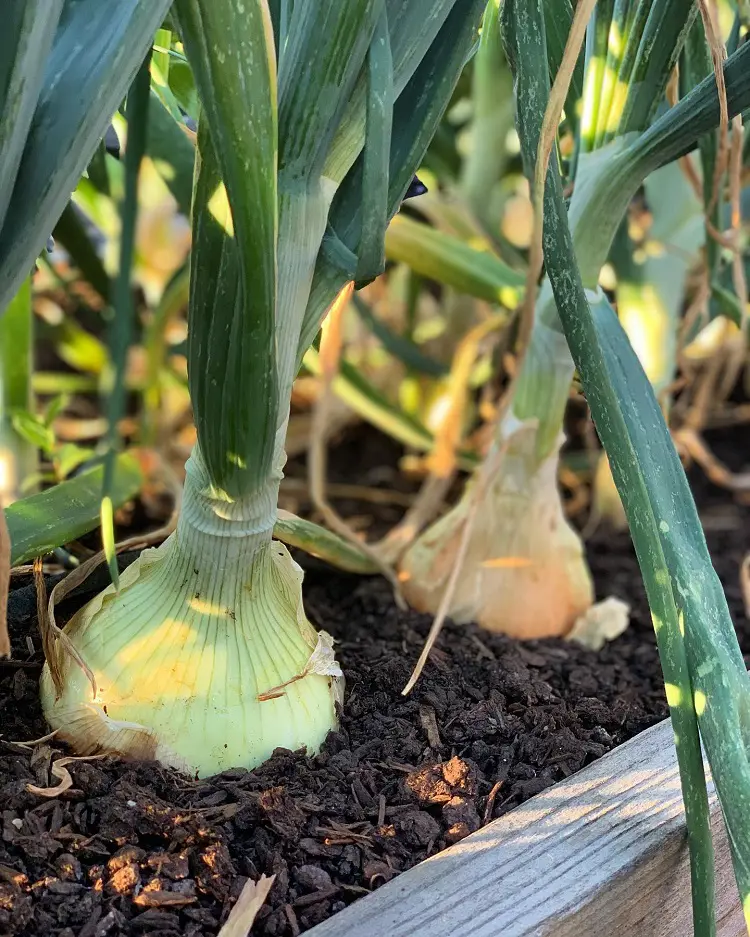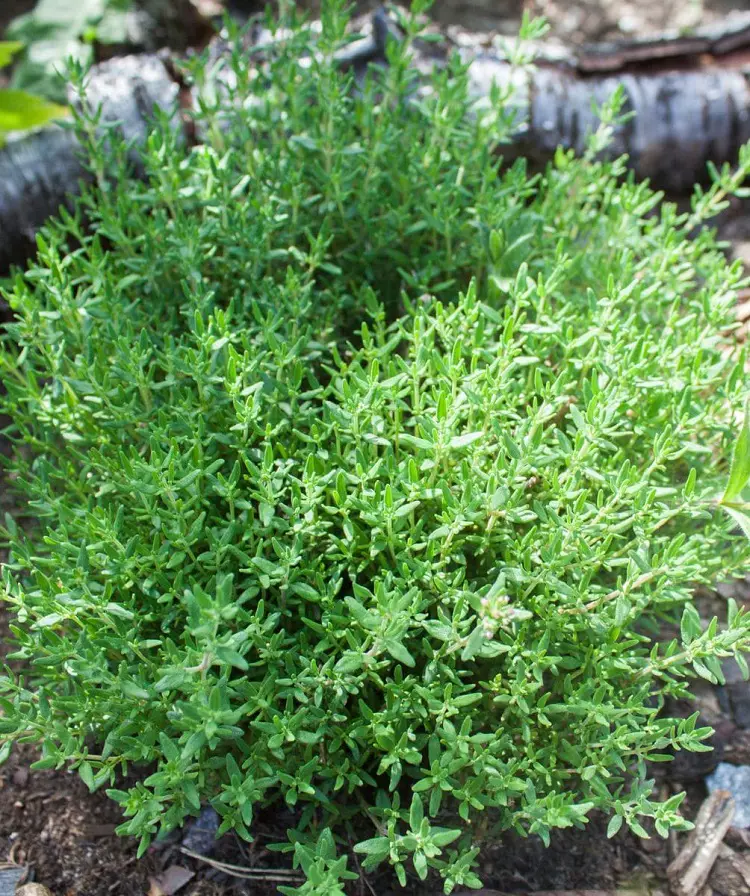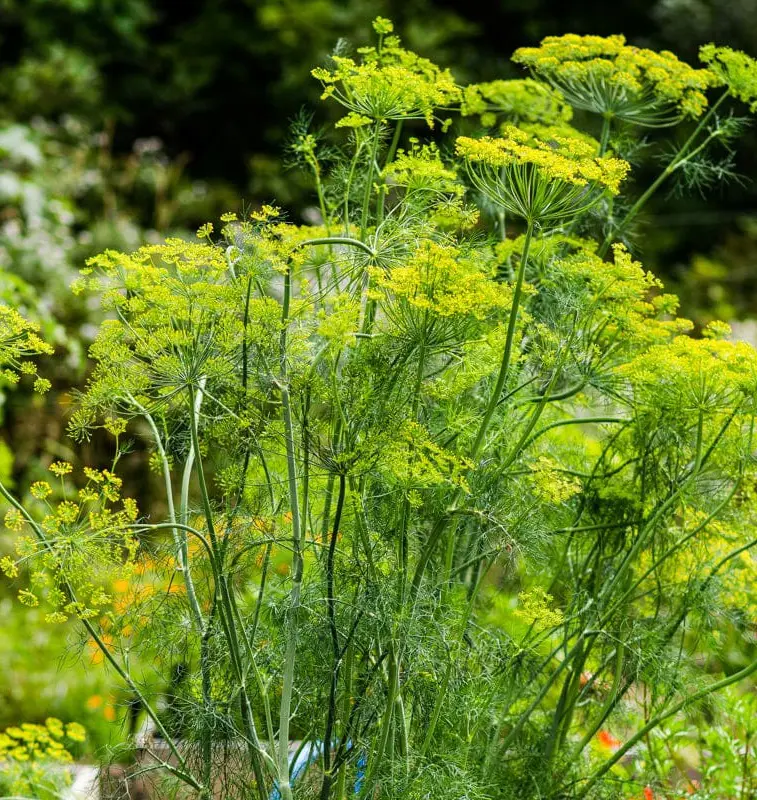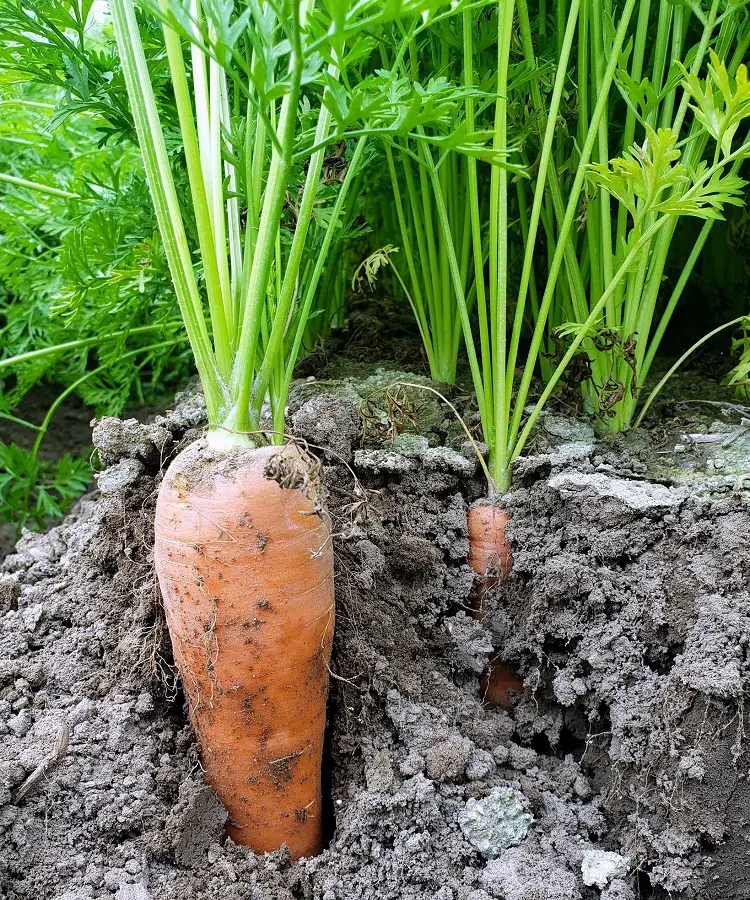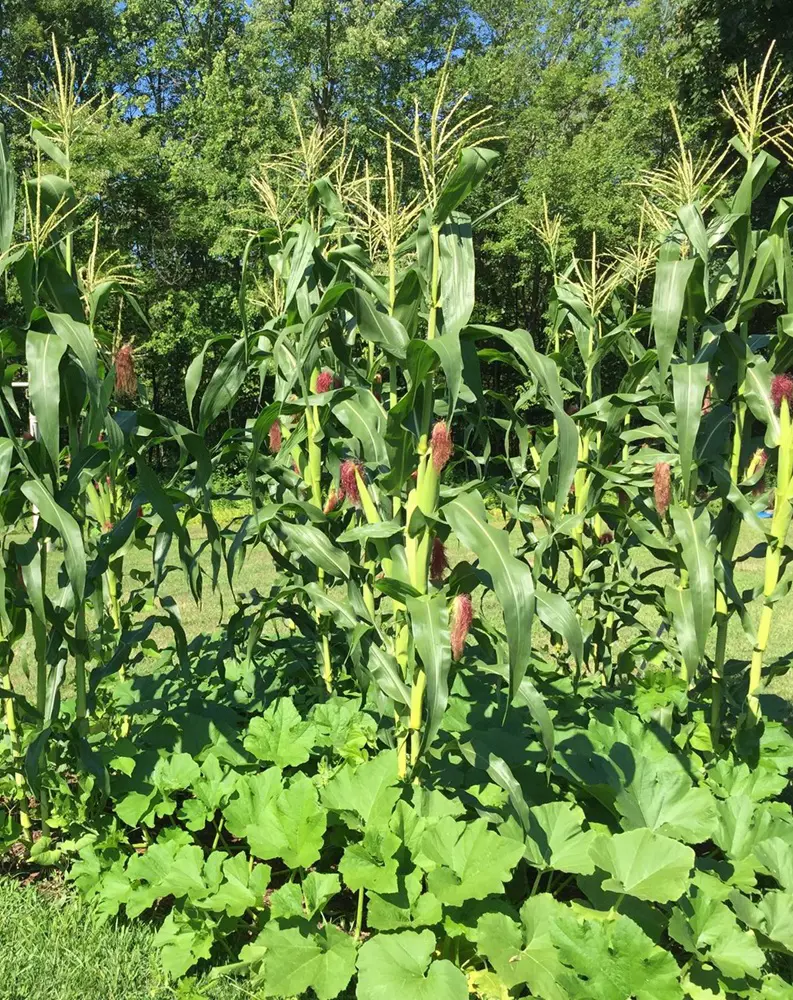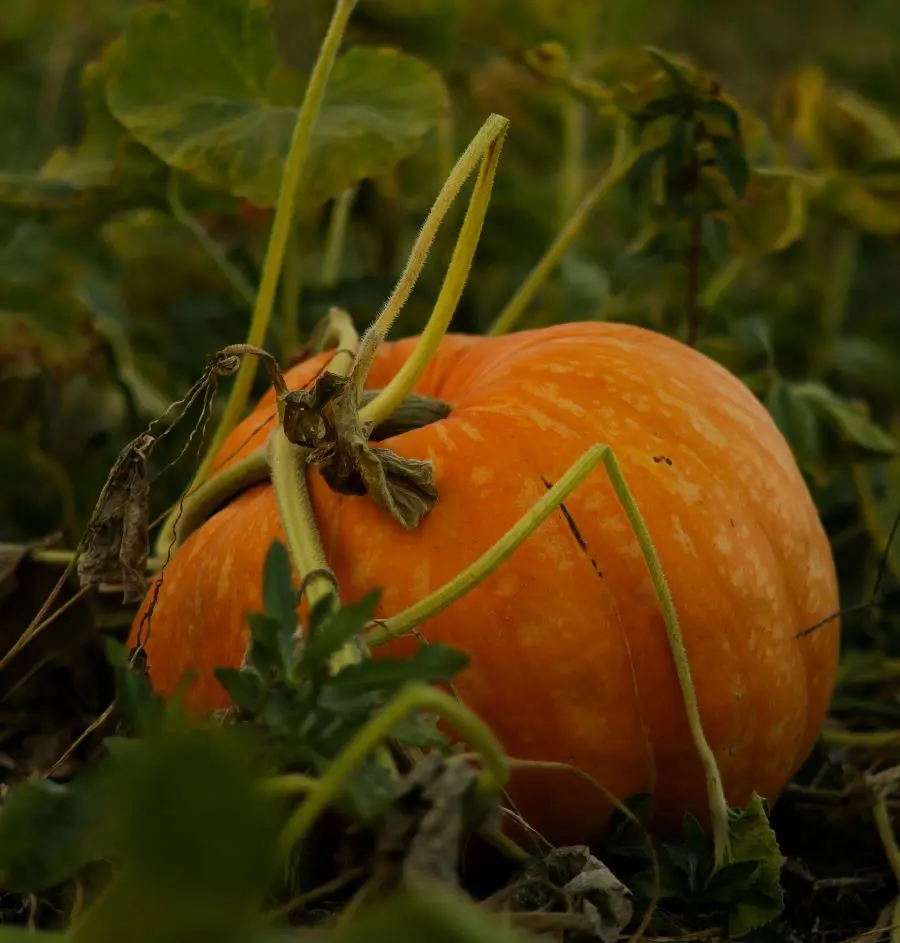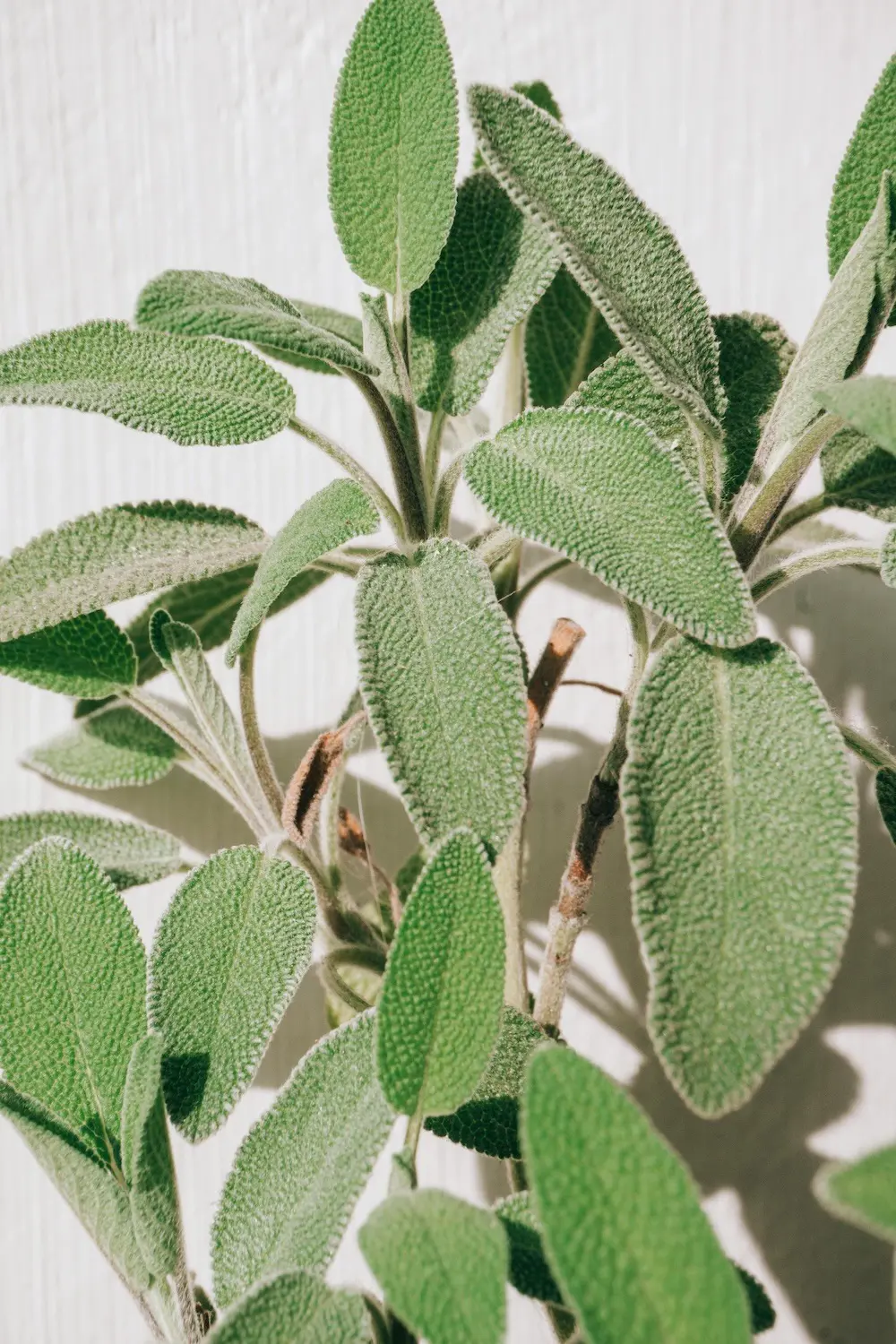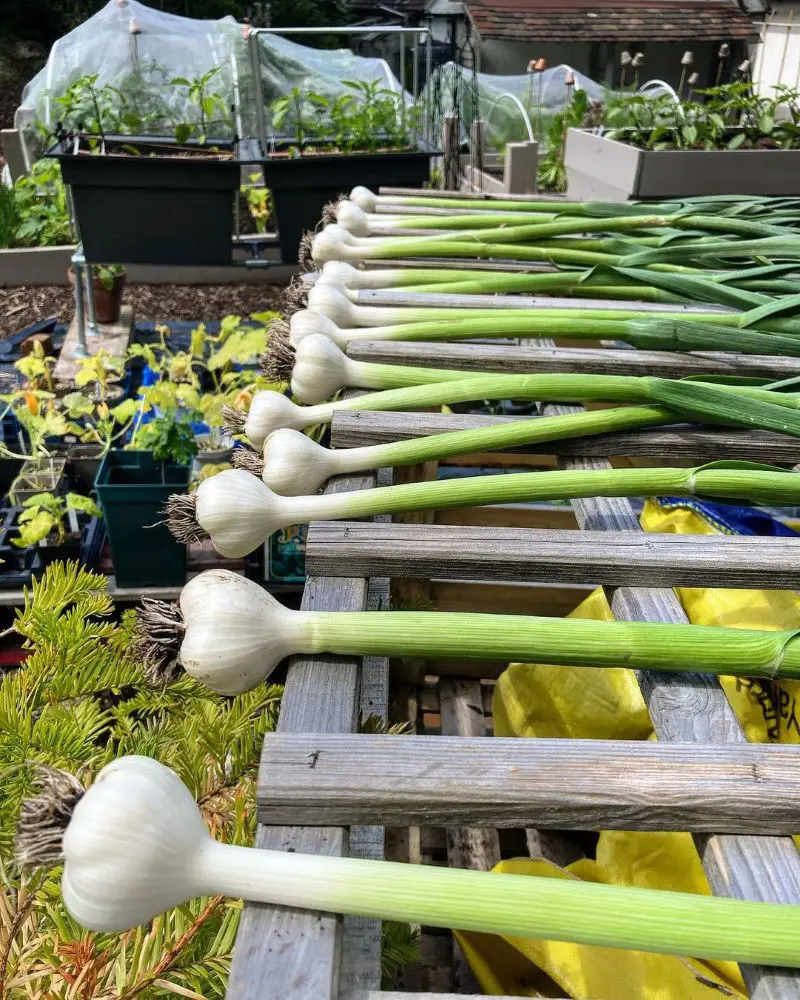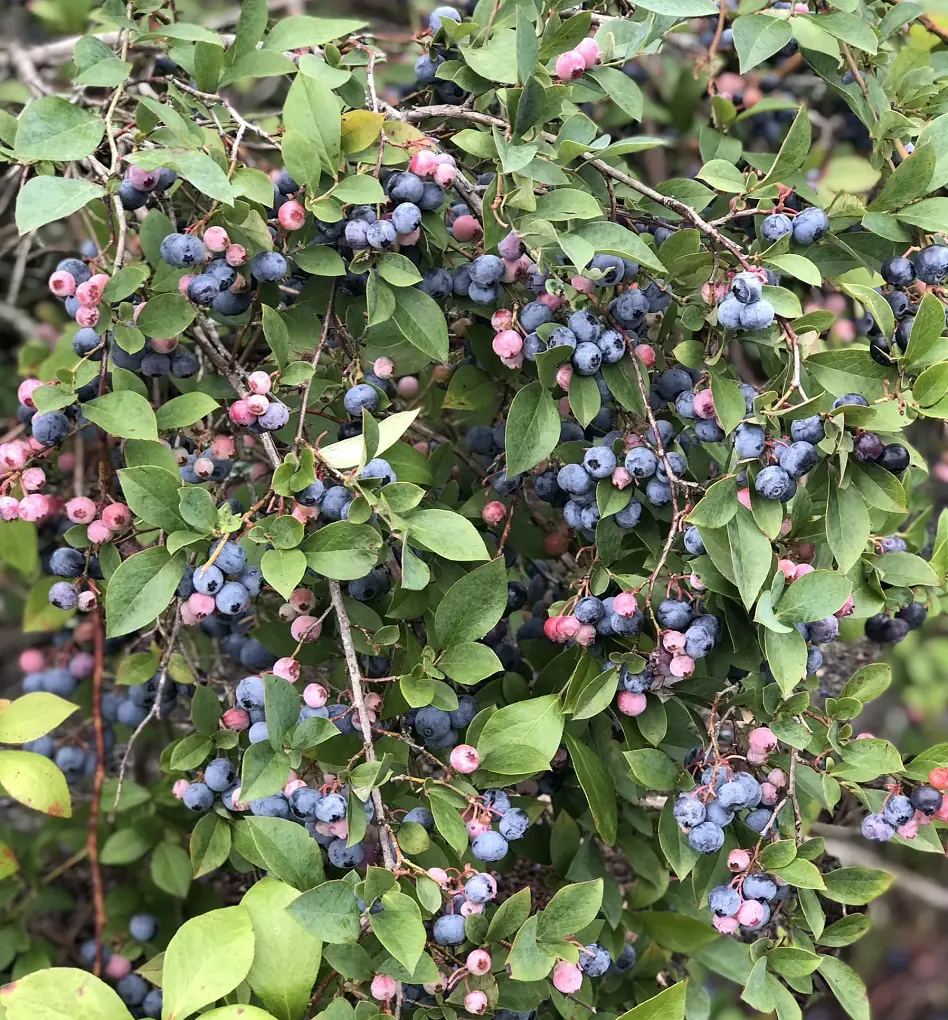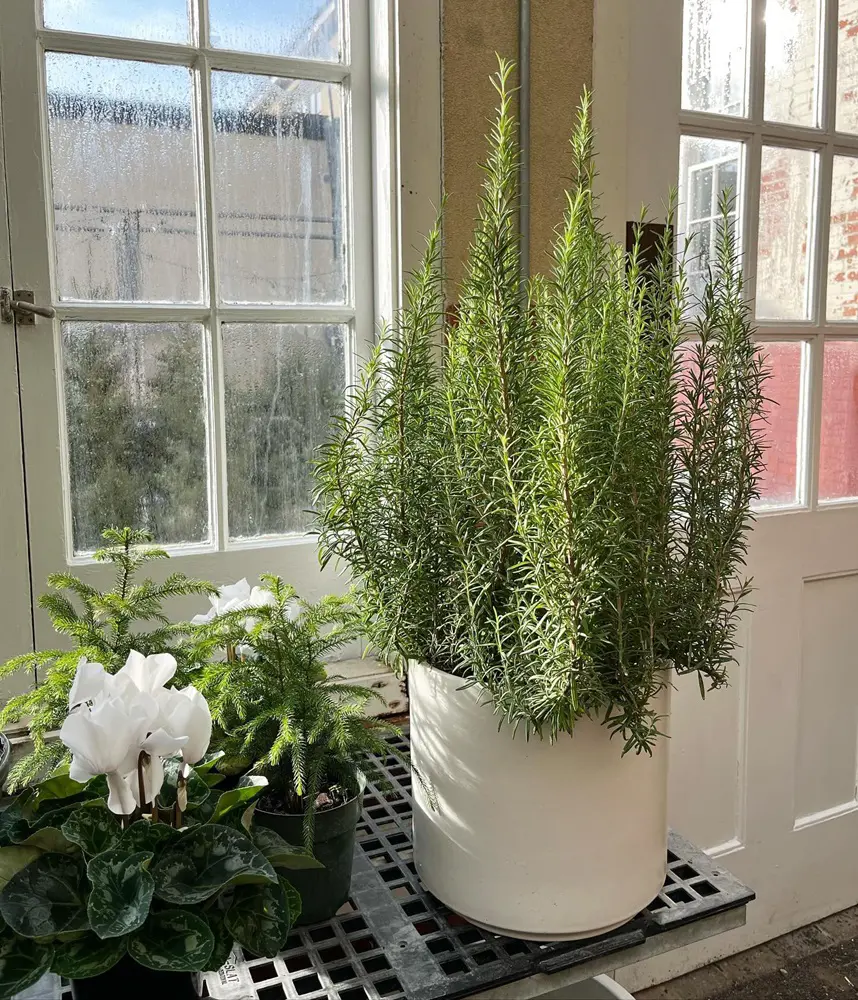1. Nasturtiums
Nasturtiums are pretty orange flowers that can help protect your watermelon plants in the garden. They smell strong and keep away harmful bugs like aphids and beetles. Plant them around your watermelons after the frost season. Put the seeds about 1 inch deep and 12 inches apart in well-draining soil with lots of sunlight.
Water them regularly, but not too much, to avoid root rot. These flowers not only make your garden colorful but also attract good bugs like bees and ladybugs, making your watermelon patch healthier. They're like natural bodyguards for your tasty watermelons.
